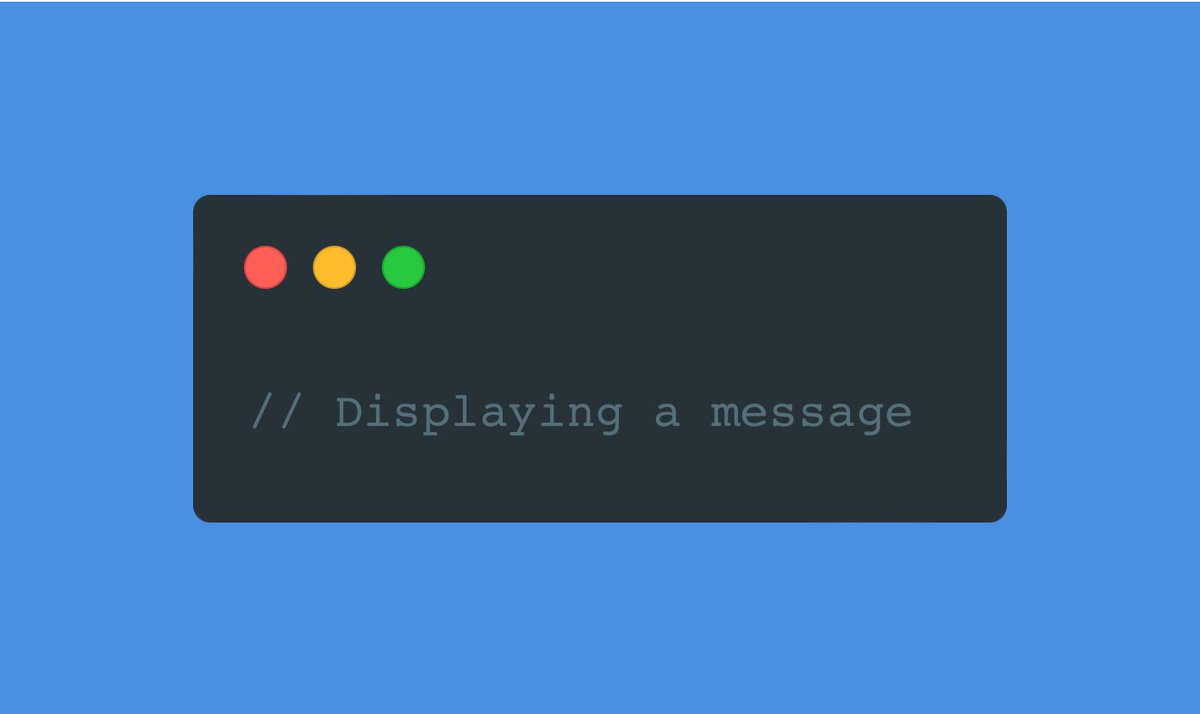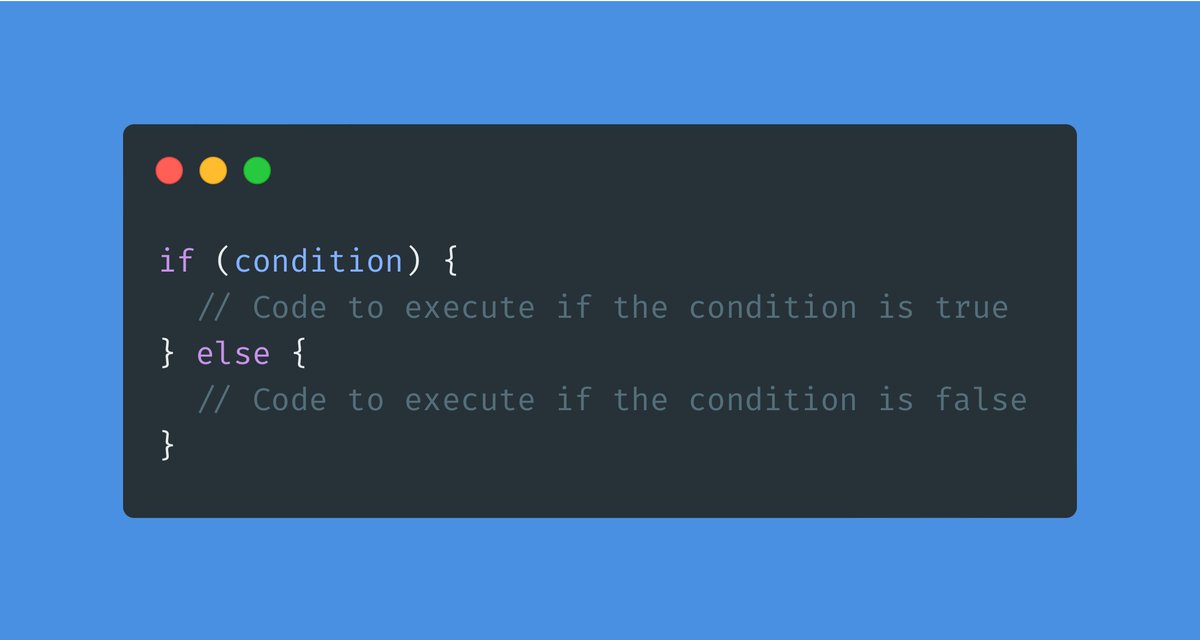#netiserver search results
98/100: 🌐 Close the MySQL database connection using the mysqli_close() function. Save the file. #CloseMySQLConnection #MicroLearningPHP #NetiServer
82/100: 💾 Explore some common file functions: fopen(), fclose(), fwrite(), fgets(), file_exists(), and unlink(). #CommonFileFunctions #MicroLearningPHP #NetiServer
90/100: 🌐 Explore some common MySQLi functions: mysqli_connect(), mysqli_select_db(), mysqli_query(), mysqli_fetch_assoc(), mysqli_num_rows(), and mysqli_close(). #CommonMySQLiFunctions #MicroLearningPHP #NetiServer
95/100: 🌐 Refresh your browser to see the result of querying the MySQL database. The records from the table should be displayed. #MySQLQueryResult #MicroLearningPHP #NetiServer
94/100: 🌐 Use a while loop and the mysqli_fetch_assoc() function to iterate through the query result and display the records. Save the file. #FetchQueryResults #MicroLearningPHP #NetiServer
97/100: 🌐 Refresh your browser to see the result of modifying the MySQL database records. The changes should be reflected in the displayed records. #DatabaseModificationResult #MicroLearningPHP #NetiServer
91/100: 🌐 To practice working with MySQL databases, create a new MySQL database and table in your shared hosting control panel (NetiServer). Add some data to the table. #CreateMySQLDatabase #MicroLearningPHP #NetiServer
96/100: 🌐 Practice inserting, updating, and deleting records in the MySQL database using PHP. Write SQL queries and use the mysqli_query() function to execute them. Save the file. #ModifyDatabaseRecords #MicroLearningPHP #NetiServer
99/100: 🚀 Congratulations! You've learned the basics of PHP programming, from setting up a shared hosting environment to working with databases. Continue practicing and exploring PHP documentation to expand your skills. #KeepLearning #MicroLearningPHP #NetiServer
84/100: 🌐 Refresh your browser to see the result of working with the file functions. Check the server to ensure example.txt has been created and contains the string you wrote. #FileFunctionsResult #MicroLearningPHP #NetiServer
92/100: 🌐 In your PHP script, practice connecting to the MySQL database using mysqli_connect(). Make sure to replace the function's arguments with the correct database credentials. Save the file. #ConnectToMySQL #MicroLearningPHP #NetiServer
93/100: 🌐 Write a simple SQL query to select all records from the table you created earlier. Use the mysqli_query() function to execute the query and store the result in a variable. Save the file. #MySQLSelectQuery #MicroLearningPHP #NetiServer
83/100: 💾 Create a new text file named example.txt on the server. In your PHP script, practice opening the file, writing a string to it, and closing the file using the fopen(), fwrite(), and fclose() functions. Save the file. #FileFunctionsExample #MicroLearningPHP #NetiServer
100/100: 🌐 Remember to consult the PHP documentation and online resources for additional information and guidance. Experiment, practice, and have fun with your newfound knowledge of PHP programming! #HappyCoding php.net #MicroLearningPHP #NetiServer
81/100: 💾 Learn about working with files in PHP using file functions. PHP allows you to read, write, and modify files on the server. #PHPFileFunctions #MicroLearningPHP #NetiServer php.net/manual/en/book…
85/100: 📧 Learn about sending emails with PHP using the mail() function. This function allows you to send emails directly from your PHP script. #PHPEmail #MicroLearningPHP #NetiServer php.net/manual/en/func…
89/100: 🌐 Learn about working with databases in PHP. One popular database management system is MySQL. PHP can interact with MySQL databases to store, retrieve, and modify data. #PHPMySQL #MicroLearningPHP #NetiServer php.net/manual/en/book…
99/100: 🚀 Congratulations! You've learned the basics of PHP programming, from setting up a shared hosting environment to working with databases. Continue practicing and exploring PHP documentation to expand your skills. #KeepLearning #MicroLearningPHP #NetiServer
98/100: 🌐 Close the MySQL database connection using the mysqli_close() function. Save the file. #CloseMySQLConnection #MicroLearningPHP #NetiServer
97/100: 🌐 Refresh your browser to see the result of modifying the MySQL database records. The changes should be reflected in the displayed records. #DatabaseModificationResult #MicroLearningPHP #NetiServer
96/100: 🌐 Practice inserting, updating, and deleting records in the MySQL database using PHP. Write SQL queries and use the mysqli_query() function to execute them. Save the file. #ModifyDatabaseRecords #MicroLearningPHP #NetiServer
95/100: 🌐 Refresh your browser to see the result of querying the MySQL database. The records from the table should be displayed. #MySQLQueryResult #MicroLearningPHP #NetiServer
94/100: 🌐 Use a while loop and the mysqli_fetch_assoc() function to iterate through the query result and display the records. Save the file. #FetchQueryResults #MicroLearningPHP #NetiServer
93/100: 🌐 Write a simple SQL query to select all records from the table you created earlier. Use the mysqli_query() function to execute the query and store the result in a variable. Save the file. #MySQLSelectQuery #MicroLearningPHP #NetiServer
92/100: 🌐 In your PHP script, practice connecting to the MySQL database using mysqli_connect(). Make sure to replace the function's arguments with the correct database credentials. Save the file. #ConnectToMySQL #MicroLearningPHP #NetiServer
89/100: 🌐 Learn about working with databases in PHP. One popular database management system is MySQL. PHP can interact with MySQL databases to store, retrieve, and modify data. #PHPMySQL #MicroLearningPHP #NetiServer php.net/manual/en/book…
85/100: 📧 Learn about sending emails with PHP using the mail() function. This function allows you to send emails directly from your PHP script. #PHPEmail #MicroLearningPHP #NetiServer php.net/manual/en/func…
84/100: 🌐 Refresh your browser to see the result of working with the file functions. Check the server to ensure example.txt has been created and contains the string you wrote. #FileFunctionsResult #MicroLearningPHP #NetiServer
83/100: 💾 Create a new text file named example.txt on the server. In your PHP script, practice opening the file, writing a string to it, and closing the file using the fopen(), fwrite(), and fclose() functions. Save the file. #FileFunctionsExample #MicroLearningPHP #NetiServer
82/100: 💾 Explore some common file functions: fopen(), fclose(), fwrite(), fgets(), file_exists(), and unlink(). #CommonFileFunctions #MicroLearningPHP #NetiServer
81/100: 💾 Learn about working with files in PHP using file functions. PHP allows you to read, write, and modify files on the server. #PHPFileFunctions #MicroLearningPHP #NetiServer php.net/manual/en/book…
78/100: 🗂️ Explore some common array functions: count(), in_array(), array_push(), array_pop(), array_shift(), array_unshift(), sort(), and implode(). #CommonArrayFunctions #MicroLearningPHP #NetiServer
77/100: 🗂️ Learn about PHP's array functions, which help you create, modify, and manage arrays. These functions are useful for working with lists of data. #PHPArrayFunctions #MicroLearningPHP #NetiServer php.net/manual/en/ref.…
75/100: 🎨 Create a new variable $text and assign it a string value. Practice using some of the string functions mentioned earlier to manipulate and format the string. For example, use strtoupper() to convert the string to uppercase. Save the file. #MicroLearningPHP #NetiServer
38/100: 🔄 Study the syntax for if-elseif-else statements to handle multiple conditions: #IfElseIfSyntax #MicroLearningPHP #NetiServer

53/100: 🌟 Study the syntax for creating a function: function functionName() { // Code to execute when the function is called } #FunctionSyntax #MicroLearningPHP #NetiServer

71/100: 🌐 Use the include statement to include the functions.php file in your main PHP file. The syntax is: include 'functions.php'; Save the file. #IncludeFunctionsFile #MicroLearningPHP #NetiServer

32/100: 🔄 Study the if statement syntax: if (condition) { // Code to execute if the condition is true } The code inside the curly braces will execute if the condition is true. #IfStatementSyntax #MicroLearningPHP #NetiServer

💡 Open index.php and add a single-line comment above your echo statement. For example: // Displaying a message Save the file and refresh your browser. The comment won't affect the output. #CommentExample #MicroLearningPHP #NetiServer

35/100: 🔄 Learn the syntax for if-else statements to execute different code based on a condition: if (condition) { // Code to execute if the condition is true } else { // Code to execute if the condition is false } #IfElseSyntax #MicroLearningPHP #NetiServer

31/100: 🔄 Conditionals control program flow based on conditions. Mastering them is vital for creating dynamic web pages. Start by learning the syntax for a simple if statement. Check out the PHP documentation for more: php.net/manual/en/cont… #MicroLearningPHP #NetiServer

45/100: 🔄 Study the syntax for a while loop, another type of loop in PHP: while (condition) { // Code to execute as long as the condition is true } #WhileLoopSyntax #MicroLearningPHP #NetiServer php.net/manual/en/cont…

42/100: 🔄 Learn about loops, which help you execute code multiple times. Start by understanding the syntax of a for loop: for (initialization; condition; increment) { // Code to execute for each iteration } #ForLoopSyntax #MicroLearningPHP #NetiServer php.net/manual/en/cont…

Something went wrong.
Something went wrong.
United States Trends
- 1. GTA 6 65K posts
- 2. GTA VI 22.9K posts
- 3. Rockstar 54.2K posts
- 4. Antonio Brown 6,722 posts
- 5. GTA 5 9,095 posts
- 6. Nancy Pelosi 134K posts
- 7. Ozempic 20.4K posts
- 8. Free AB N/A
- 9. Paul DePodesta 2,284 posts
- 10. Silver Slugger 5,134 posts
- 11. #LOUDERTHANEVER 1,530 posts
- 12. Rockies 4,318 posts
- 13. Grisham 1,915 posts
- 14. #TNFonPrime 1,489 posts
- 15. Kanye 27.2K posts
- 16. Justin Dean 2,091 posts
- 17. Elon 406K posts
- 18. GTA 7 1,472 posts
- 19. Fickell 1,198 posts
- 20. Grand Theft Auto VI 46.4K posts


